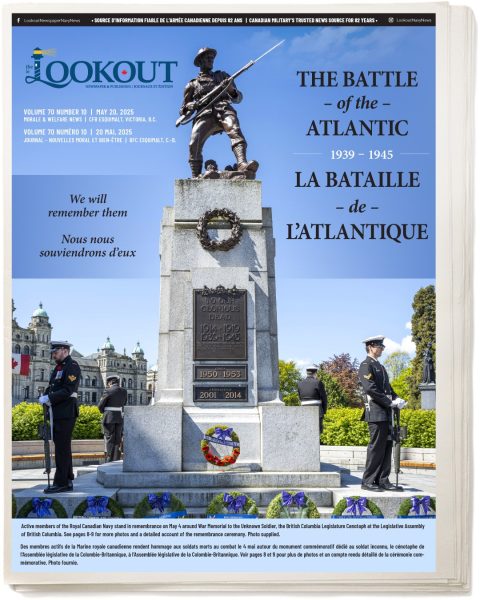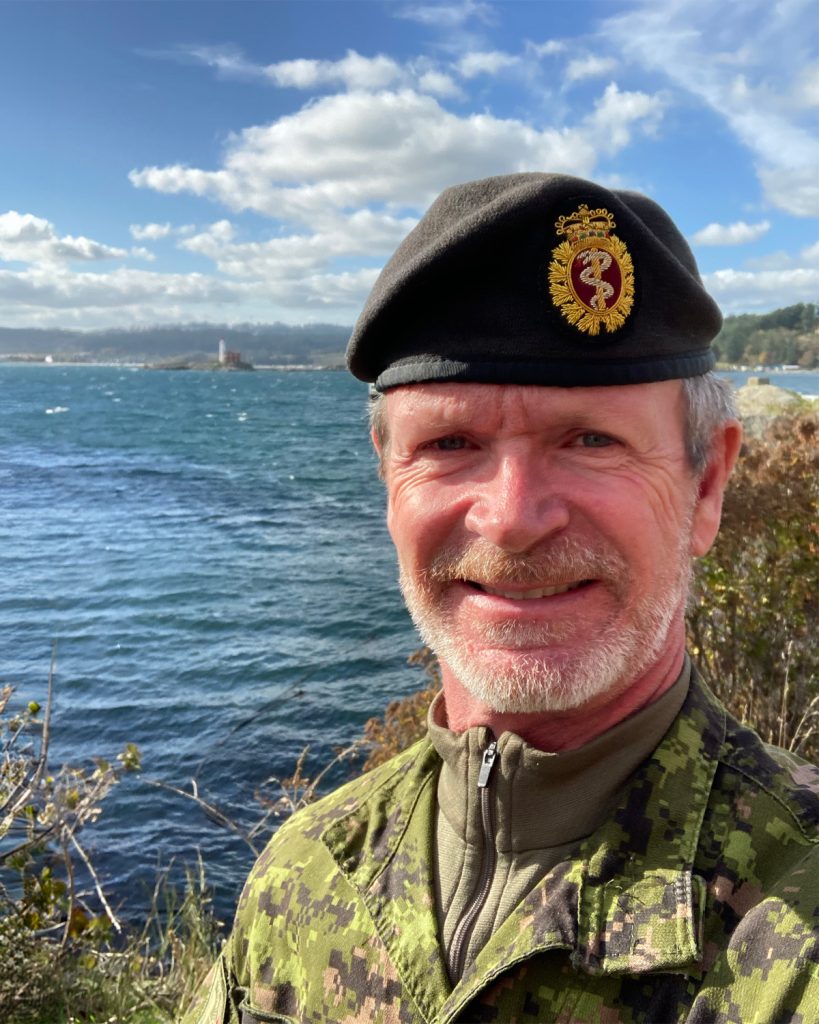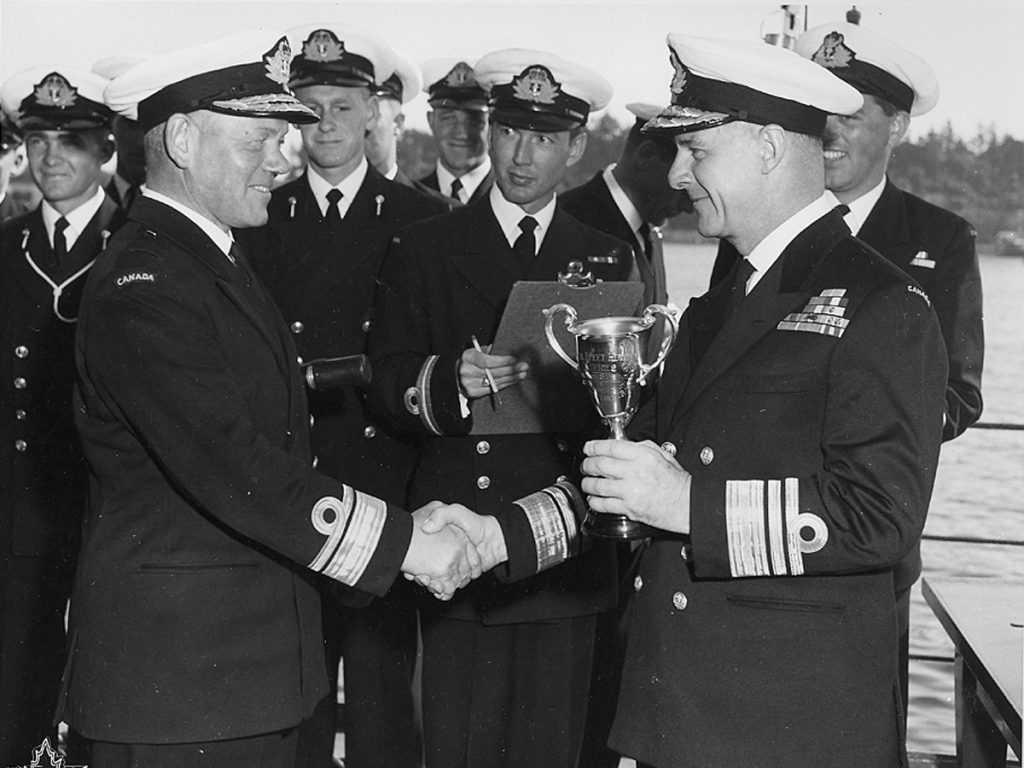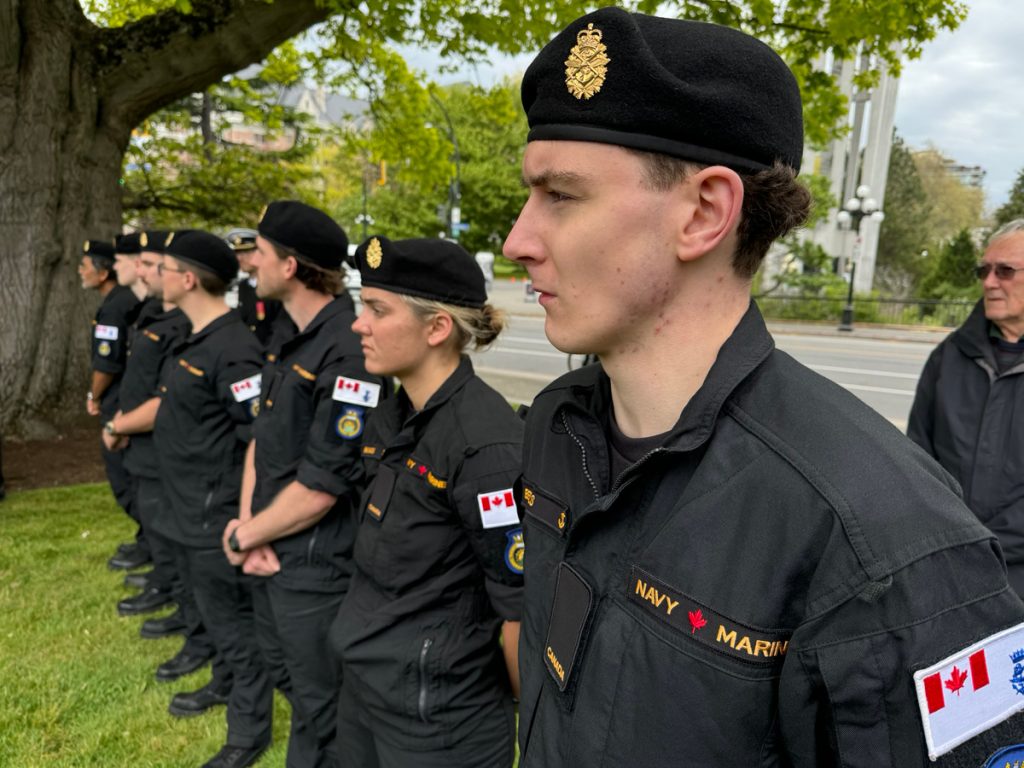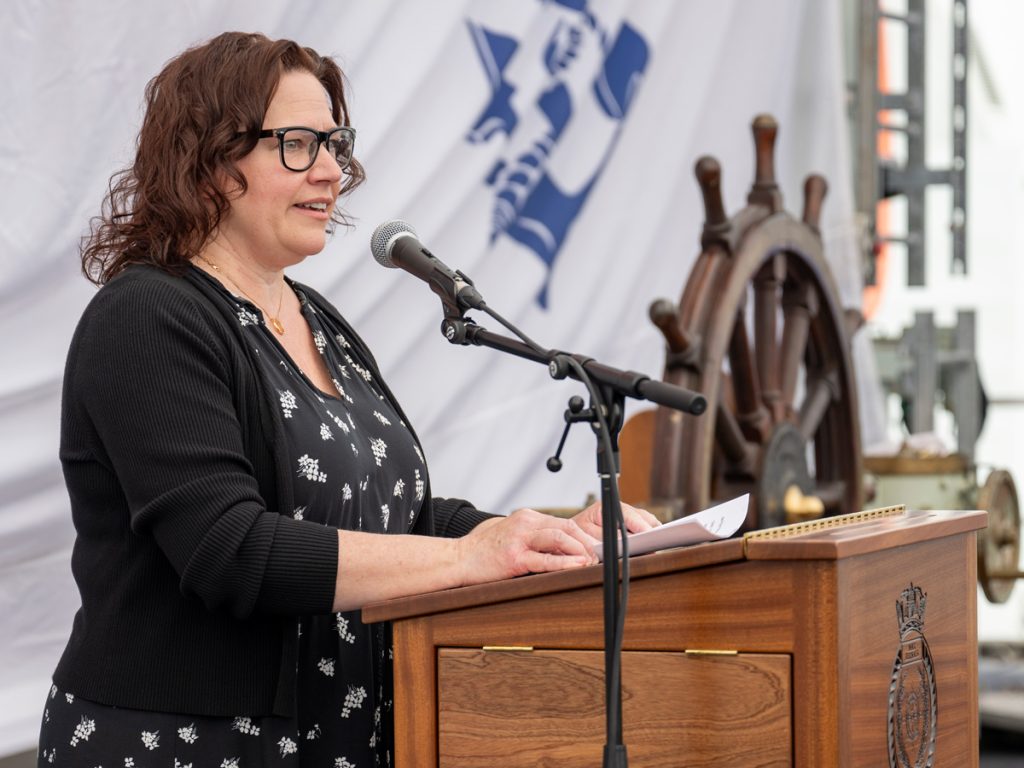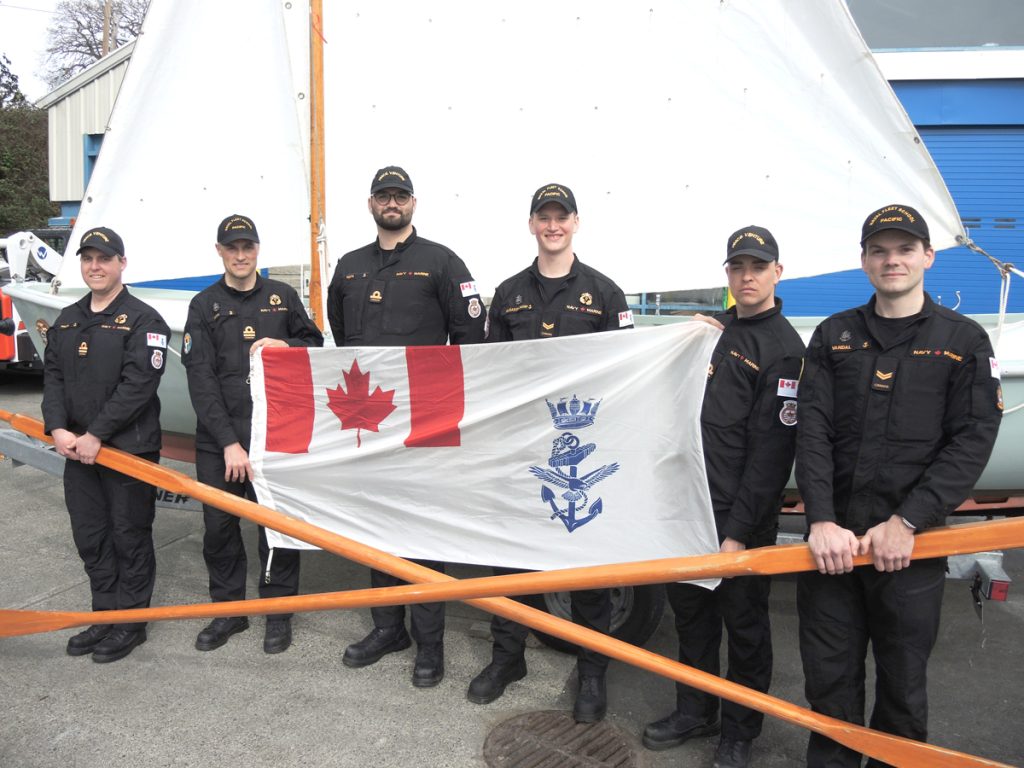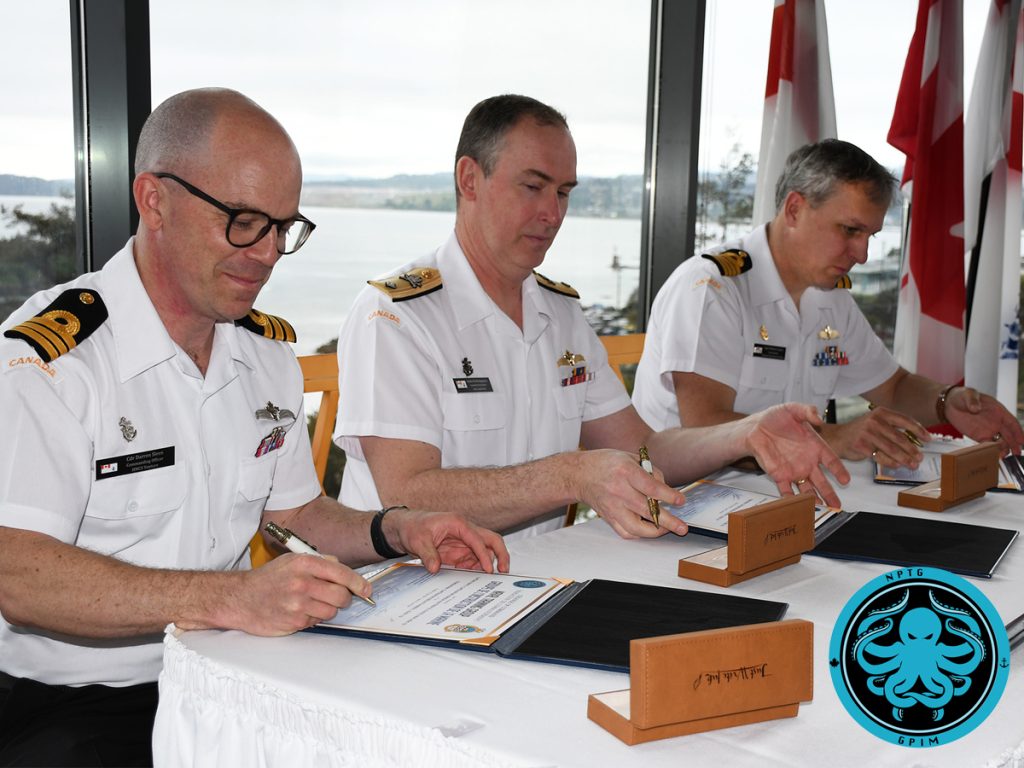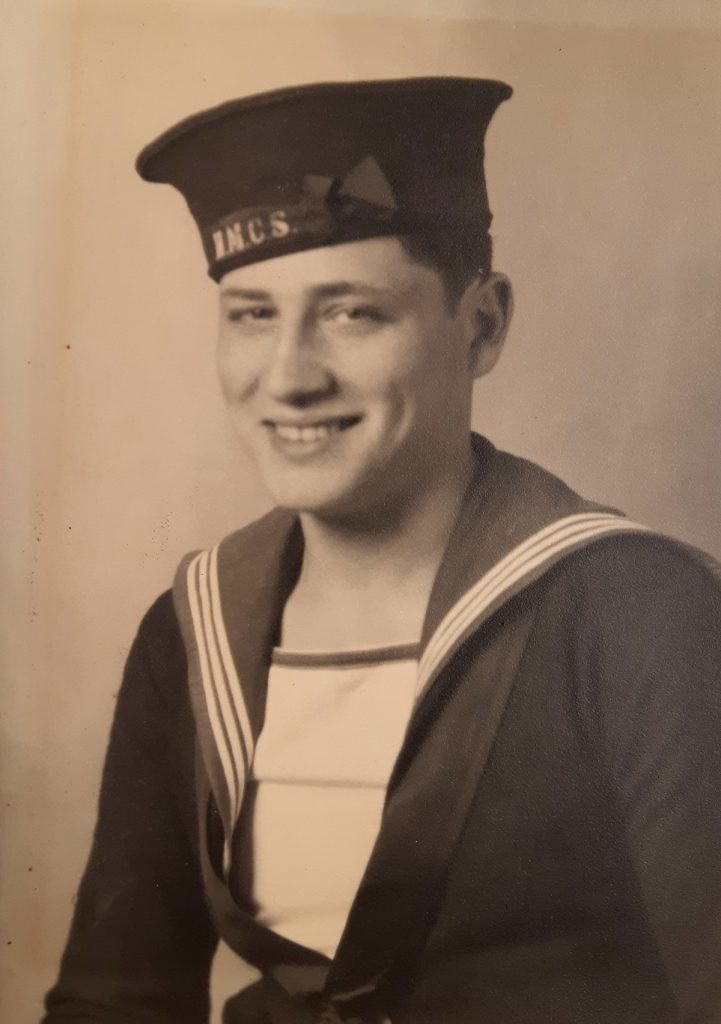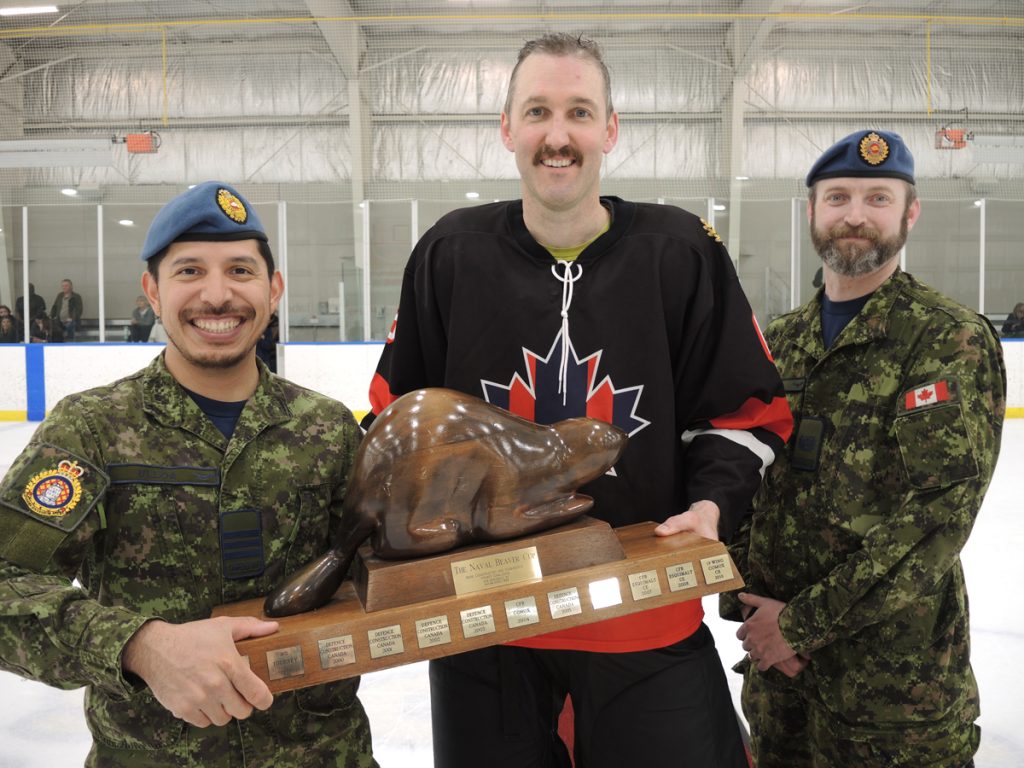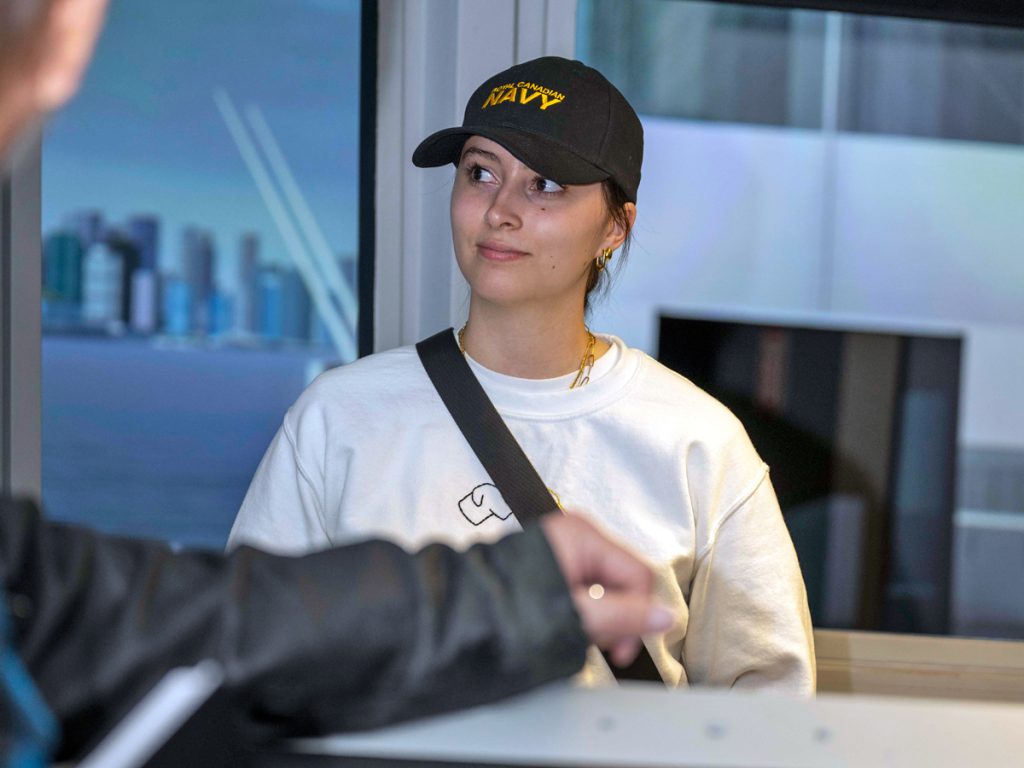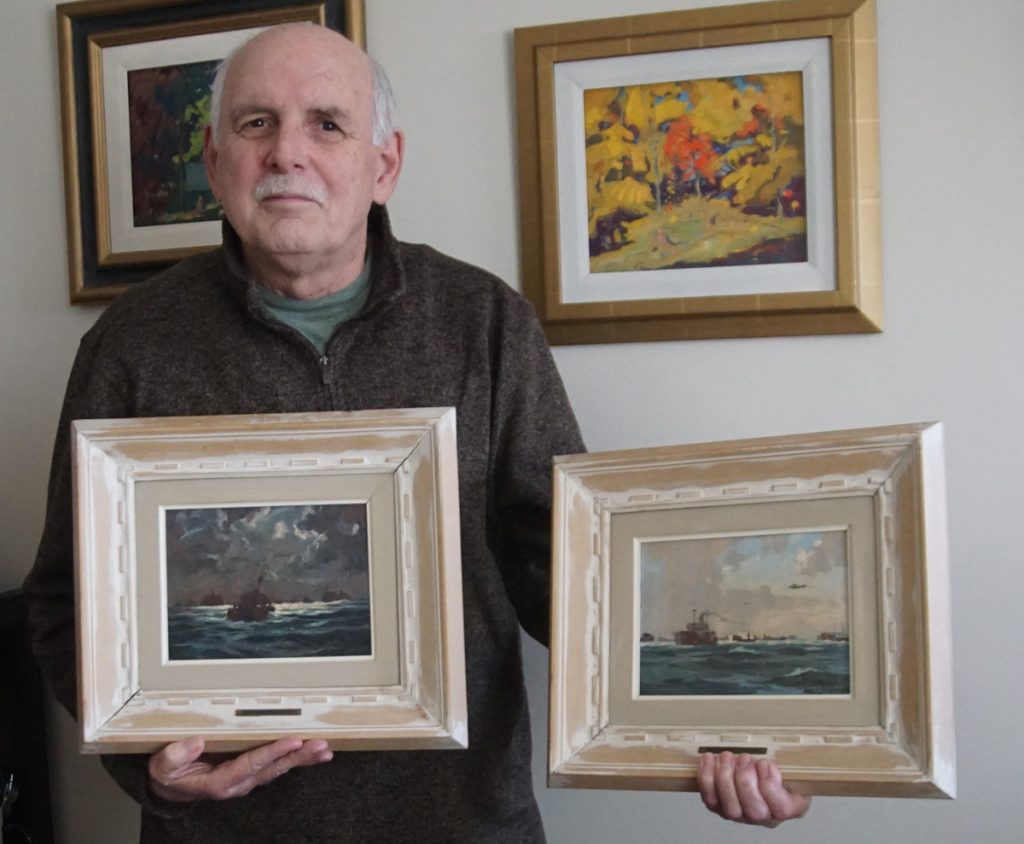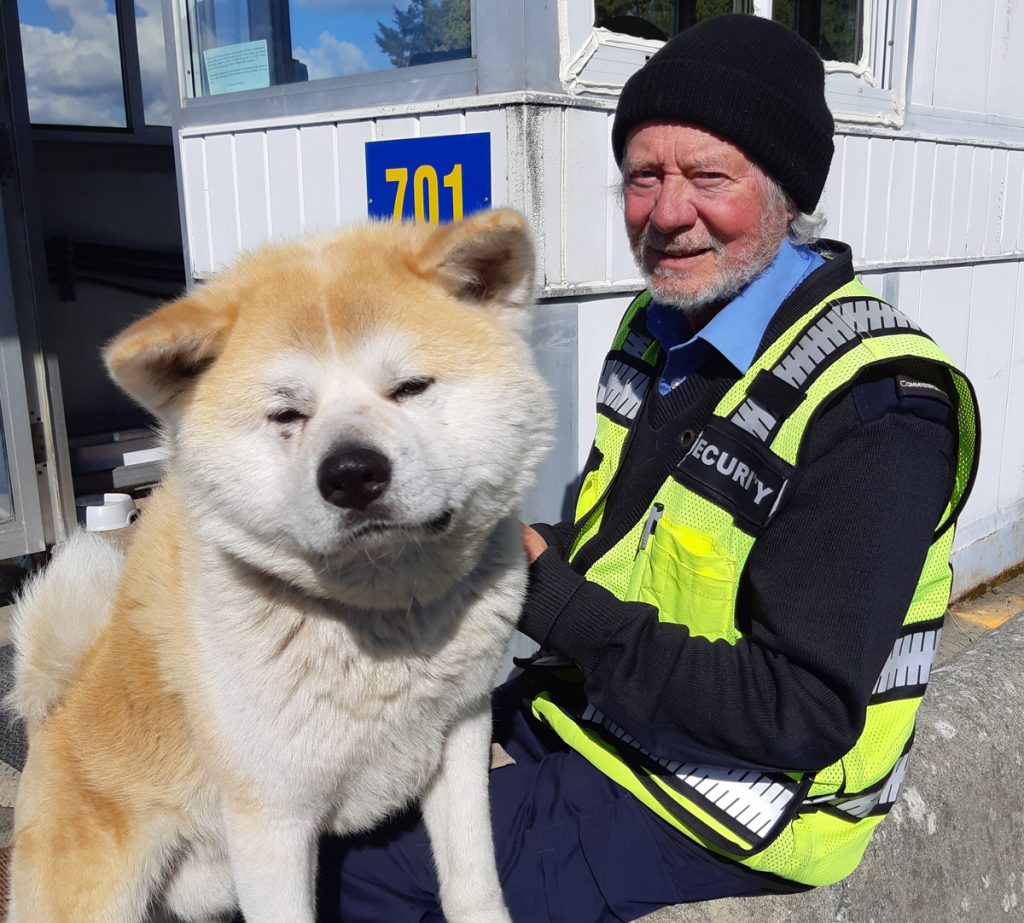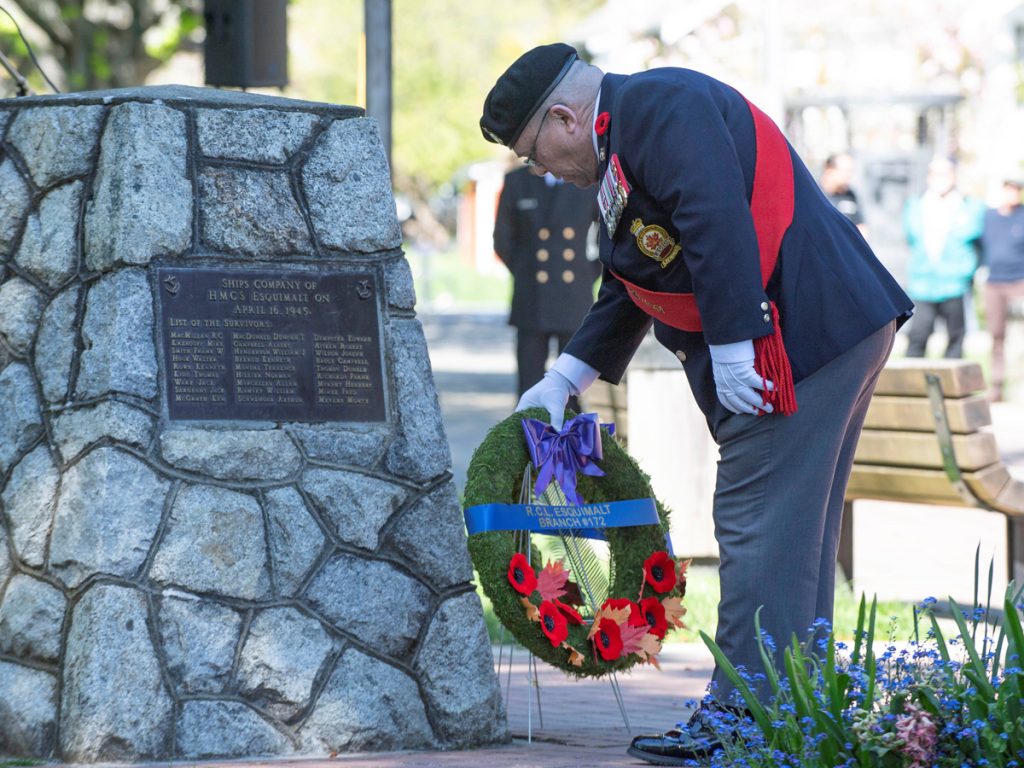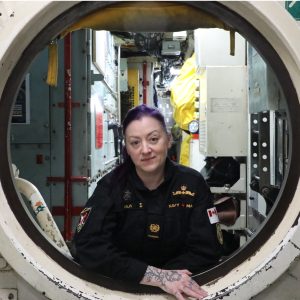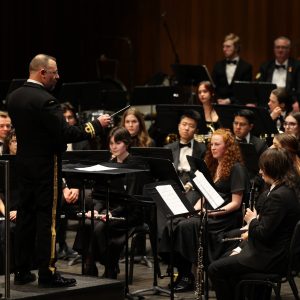
Visite de la HRH à Victoria
[caption id="attachment_35027" align="aligncenter" width="595"] Son Altesse Royale la Princesse Anne salue le défilé de la bataille de l’Atlantique au cénotaphe de Victoria. Photo : Cpl Tristan Walach, Services d’imagerie des FMAR(P).[/caption] FLS Christopher Hofing, Affaires publiques des FMAR ( P )— La princesse Anne, sœur du roi Charles, s’est rendue sur l’île de Vancouver dans le cadre de sa 23e visite de travail au Canada. La princesse Anne s’intéresse depuis longtemps au Canada et aux Forces armées canadiennes. Elle est commodore en chef de la Flotte canadienne du Pacifique, colonel en chef du 8e Canadian Hussars (Princess Louise’s), du Royal Newfoundland Regiment et du Royal Regina Rifles. Elle soutient également l’Association canadienne d’équitation thérapeutique, les services aux anciens combattants de Camp Hill et est membre honoraire de la Société géographique royale du Canada. Le 3 mai, la princesse royale a assisté à la cérémonie de mise en service du navire canadien de Sa Majesté (NCSM) Max Bernays à Vancouver, en sa qualité de commodore en chef de la Flotte canadienne du Pacifique. Le 4 mai à 10h30, les personnes présentes à Fort Rodd Hill ont pu voir le NCSM Max Bernays entrer dans le port d’Esquimalt. Le Princess Royal a reçu un salut de 21 coups de canon de la part de la batterie navale de Black Rock. Peu après son arrivée à Esquimalt, Son Altesse Royale s’est rendue au carré des officiers pour rencontrer les membres du Centre de ressources pour les familles des militaires (CRFM) en compagnie de son époux, le Vice-amiral Sir Timothy Laurence. Le CRFM est une organisation indépendante qui soutient les familles des militaires. Au cours de sa visite, elle et Sir Timothy ont rencontré le personnel, les membres du conseil d’administration ainsi que les membres des services et leurs familles. “Nous avions une centaine de personnes présentes et elle a parlé à tout le monde”, a déclaré Jackie Carle, directrice générale/directrice générale du CRFM. “Elle a été absolument extraordinaire et toutes les personnes présentes ont vécu...
